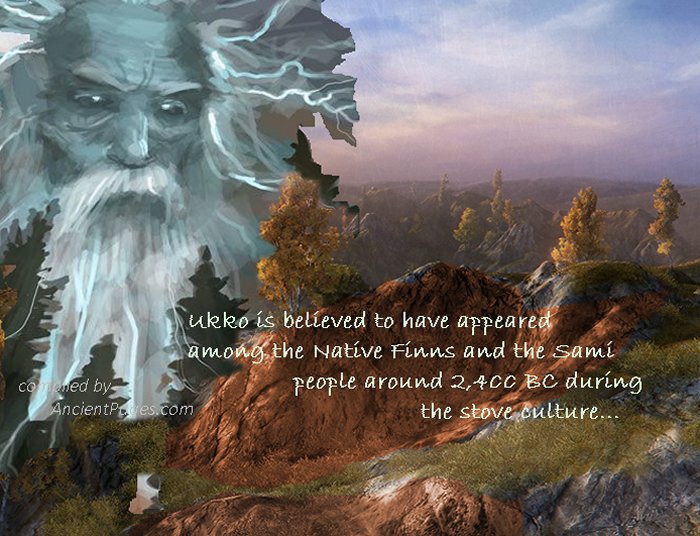Ukko: Karelian-Finnish God Of Thunderstorms, Harvest, Patron Of Crops And Cattle
A. Sutherland - AncientPages.com - In Karelian-Finnish mythology, Ukko ('grandfather 'or 'old man') was responsible for weather, lightning, and thunderstorms. He controlled the clouds and the harvest of the year.
Powerful thunderstorms were heard when the god Ukko drove his chariot through the skies, according to an ancient explanation of this natural phenomenon.
Frost, ice, snow, hail, wind and rain, sunshine, and shadow were believed to come from the hands of Ukko.
Ukko – the "The Pivot of the Heavens" - was often depicted as sitting upon a cloud in the sky's vault and bearing the firmament on his shoulders. As the god of heaven, he was pleased for the harvest to succeed. He was worshiped as the patron saint of crops and cattle.
Ukko created and maintained order in the world, and his act of creation of all things was described in the Finnish epic 'Kalevala':
"Ukko, that supreme Creator, he himself, Ukko, the god of heaven, separated water from heaven, he shared water with land (9: 33-36). "
Ukko Was Known By Many Epithets
In the Finnish epic 'The Kalevala,' Ukko was recognized as "The Leader of the Clouds," "The Shepherd of the Lamb-Clouds," "The God of the Breezes," "The Golden King," "The Silver Ruler of the Air," and "The Father of the Heavens."
The god of thunder has a long tradition in many ancient cultures. Some researchers suggested that Ilmarinen, divine blacksmith, inventor, and sky god, refers to the origin of Ukko because, in some legends, Ukko is the creator and blacksmith. Also, Ukko has counterparts in prominent deities described in Indo-European mythologies, including the Baltic god of thunder, Perkunas, the Norse god Thor, the Slavic god of heaven, and lightning, Perun, and Ukko's closest counterpart in Greek mythology, Zeus.
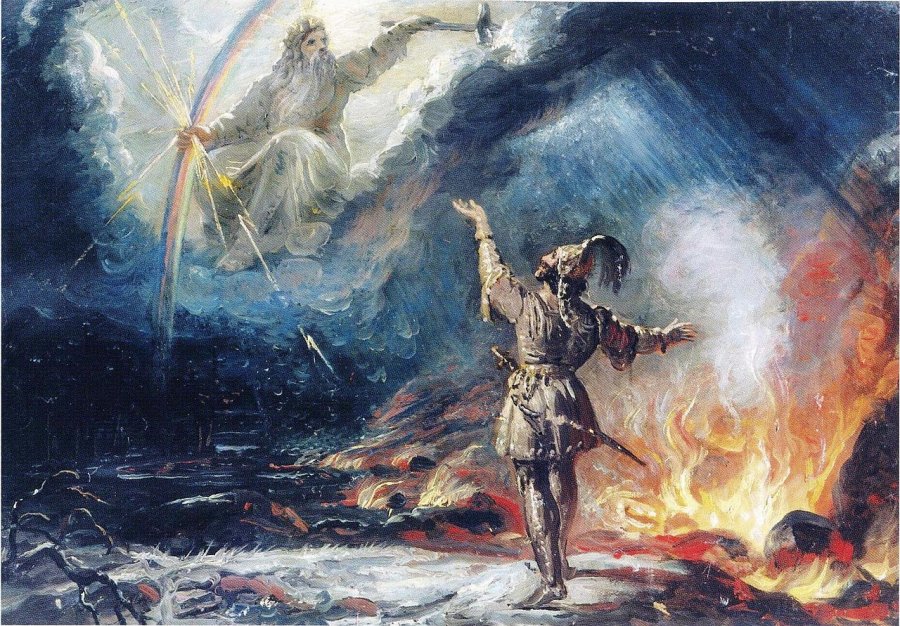 Painting by Robert Ekman in 1867 called Lemminkäinen asks help from Ukko ylijumala with crossing the lake in fire on his route to the wedding at Pohjola. Public Domain
Painting by Robert Ekman in 1867 called Lemminkäinen asks help from Ukko ylijumala with crossing the lake in fire on his route to the wedding at Pohjola. Public Domain
During the stove culture, a strong belief in the Karelian-Finnish god Ukko appeared among the Native Finns and the Sami people around 2,400 BC.
Ukko's Powerful Divine Weapons
According to legends, Ukko presented himself as a broad-axed, older man with a gray beard and white hair, dressed in a blue dress, riding a chariot along the heavenly stone road.
His main attributes were lightning, an ax, a magical hammer ('Ukonvasara' or 'hammer of Ukko'), and a flaming sword, which produced powerful lightning when hitting the ground.
He also had a fiery bow and fire arrows, and by using his tremendous powers, the great Ukko could strike evil spirits in the mountains that could only hide from his attacks in the water.
Numerous abandoned stone weapons were found in Karelia, Finland, at the beginning of the Copper Age. Then, local shamans collected and protected them for many years. These stone artifacts possessed certain heavenly powers to perform cures and heal diseases. The Finnish people called flint 'Ukonkivi' ("Ukkos sten"), or the firestone of the god Ukko" (Ukon pii), and as tradition has it, Ukko carved lightning from it.
Limited Knowledge About Ukko Comes From Poems And Songs
Information about the gods in Finnish mythology has been passed orally through poems and songs. The god Ukko was considered a demon among Christians in the Finnish regions since ceremonies and cults were related to Satan.
In ancient beliefs, the gods were not only good or bad, but forces of good and evil often accompanied them.
In his account of the Bible Book of Psalms from 1551, Mikael Agricola (1510–1555), the 16th century Lutheran bishop and reformer, described the pantheon of gods worshiped by the Finnish people in ancient times. He mentioned the sacred marriage of Ukko and his wife, Rauni. It was believed that when Rauni swears, god begins to get angry, and thunder rumbles just before people saw the flashes of lightning. Finally, the blessed rainfalls provide a harvest.
However, Agricola was a churchman, and the purpose of this description was to criticize and root out pagan customs firmly and not to continue the tradition of old deities.
Juhannus - Midsummer Holiday
Initially, it was a pagan celebration known as Ukon juhla, the celebration of Ukko, the most important god in Finnish mythology. Tradition has it that people place birch bunches of a birch on either side of the front door of their cabins or even on their boats to welcome visitors. In Finland, people still observe the Ukon juhla festival. When Finland became a Christian country, the Pagan festival was officially renamed "Juhannus," held in honor of John the Baptist. During the festival, it's a tradition to large lit bonfires by lakes and the sea.
On June 21, many people worldwide (especially the northern Europeans) celebrate the summer solstice, the so-called Midsummer. The celebrations take place on the day between June 19 and June 25 and the preceding evening. The exact dates vary among different cultures.
Written by – A. Sutherland - AncientPages.com Senior Staff Writer
updated on June 30, 2021
Copyright © AncientPages.com All rights reserved. This material may not be published, broadcast, rewritten or redistributed in whole or part without the express written permission of AncientPages.com
Expand for referencesMore From Ancient Pages
-
 Humans’ Oldest Jawed Ancestor Is A 439-Million-Year-Old Spiky Shark – Surprising Discovery Shows
Archaeology | Sep 29, 2022
Humans’ Oldest Jawed Ancestor Is A 439-Million-Year-Old Spiky Shark – Surprising Discovery Shows
Archaeology | Sep 29, 2022 -
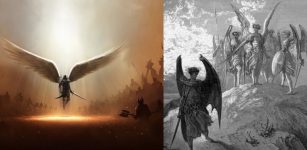 Mystery Of The Watchers And Book Of Enoch – Fallen Angels And Their Secret Knowledge
Biblical Mysteries | Oct 27, 2017
Mystery Of The Watchers And Book Of Enoch – Fallen Angels And Their Secret Knowledge
Biblical Mysteries | Oct 27, 2017 -
 Ancient Romans Invented The First Bound Book
Ancient History Facts | Sep 25, 2017
Ancient Romans Invented The First Bound Book
Ancient History Facts | Sep 25, 2017 -
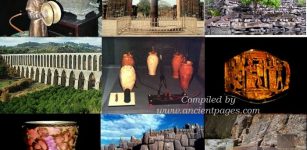 10 Remarkable Advanced Ancient Technologies Ahead Of Their Times
Ancient Technology | Jul 23, 2019
10 Remarkable Advanced Ancient Technologies Ahead Of Their Times
Ancient Technology | Jul 23, 2019 -
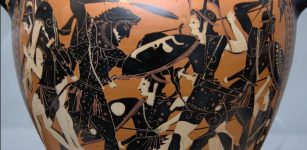 Did The Amazons Really Exist? – Truth Behind Myths Of Fierce Female Warriors
Featured Stories | Oct 29, 2014
Did The Amazons Really Exist? – Truth Behind Myths Of Fierce Female Warriors
Featured Stories | Oct 29, 2014 -
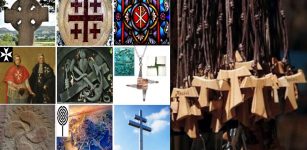 10 Types Of Ancient Crosses In Different Cultures Explained
Featured Stories | May 23, 2017
10 Types Of Ancient Crosses In Different Cultures Explained
Featured Stories | May 23, 2017 -
 Mystery Of The 2,000-Year-Old ‘Urn Burial’ Ceremonies: 113 Tombs Discovered Near the Ancient City Of Fudi
Archaeology | Oct 11, 2016
Mystery Of The 2,000-Year-Old ‘Urn Burial’ Ceremonies: 113 Tombs Discovered Near the Ancient City Of Fudi
Archaeology | Oct 11, 2016 -
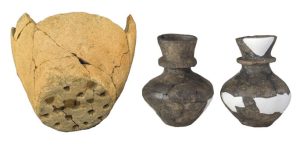 Neolithic Ceramics Reveal Dairy Processing From Milk Of Multiple Species
Archaeology | Mar 15, 2023
Neolithic Ceramics Reveal Dairy Processing From Milk Of Multiple Species
Archaeology | Mar 15, 2023 -
 During Tough Times Ancient ‘Tourists’ Sought Solace In Florida Oyster Feasts
Archaeology | May 4, 2020
During Tough Times Ancient ‘Tourists’ Sought Solace In Florida Oyster Feasts
Archaeology | May 4, 2020 -
 Rene Descartes – Independent French Thinker And His Main Ideas
Featured Stories | Apr 27, 2021
Rene Descartes – Independent French Thinker And His Main Ideas
Featured Stories | Apr 27, 2021 -
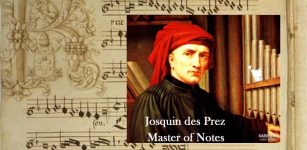 Centuries-Old Authorship Mystery – Solved By Stanford Musicologist Jesse Rodin
Archaeology | Jul 18, 2022
Centuries-Old Authorship Mystery – Solved By Stanford Musicologist Jesse Rodin
Archaeology | Jul 18, 2022 -
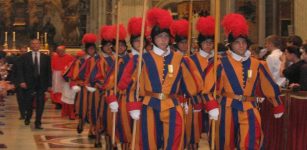 On This Day In History: 150 Highly-Trained Swiss Guards Entered Vatican For The First Time – On Jan 22, 1506
News | Jan 22, 2017
On This Day In History: 150 Highly-Trained Swiss Guards Entered Vatican For The First Time – On Jan 22, 1506
News | Jan 22, 2017 -
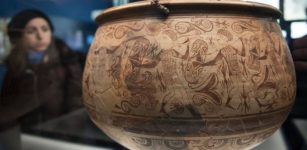 Ancient Secrets Of Iberian Warrior Vase – 2,000-Year-Old Masterpiece Of Art
Archaeology | Dec 5, 2017
Ancient Secrets Of Iberian Warrior Vase – 2,000-Year-Old Masterpiece Of Art
Archaeology | Dec 5, 2017 -
 Why Was The Dmanisis Gora Fortress Community So Resilient In The Transition From The Bronze To Iron Age
Archaeology | Jun 5, 2023
Why Was The Dmanisis Gora Fortress Community So Resilient In The Transition From The Bronze To Iron Age
Archaeology | Jun 5, 2023 -
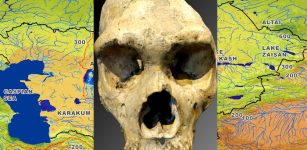 Central Asia Identified As A Key Region For Human Ancestors
Archaeology | Oct 22, 2022
Central Asia Identified As A Key Region For Human Ancestors
Archaeology | Oct 22, 2022 -
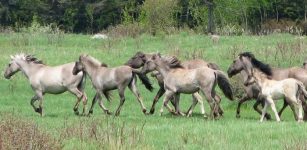 Use Of Horses In the Bronze Age – New Facts
Archaeology | Jul 14, 2020
Use Of Horses In the Bronze Age – New Facts
Archaeology | Jul 14, 2020 -
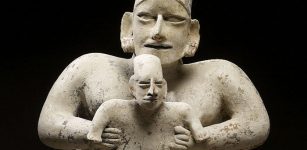 Ancient Mothers Cared For Kids Better Than Previously Thought
Archaeology | Nov 29, 2021
Ancient Mothers Cared For Kids Better Than Previously Thought
Archaeology | Nov 29, 2021 -
 Race To Save Magnificent Underwater Stone Age Paintings Hidden In The Cosquer Cave
Archaeology | Jun 6, 2022
Race To Save Magnificent Underwater Stone Age Paintings Hidden In The Cosquer Cave
Archaeology | Jun 6, 2022 -
 Curse Of Evil Eye: Powerful Ancient Belief That Still Frightens People Around The World
Featured Stories | May 9, 2017
Curse Of Evil Eye: Powerful Ancient Belief That Still Frightens People Around The World
Featured Stories | May 9, 2017 -
 The Day When The Sun Did Not Come Out – Bizarre Event In 1780, New England
Featured Stories | Apr 18, 2023
The Day When The Sun Did Not Come Out – Bizarre Event In 1780, New England
Featured Stories | Apr 18, 2023

